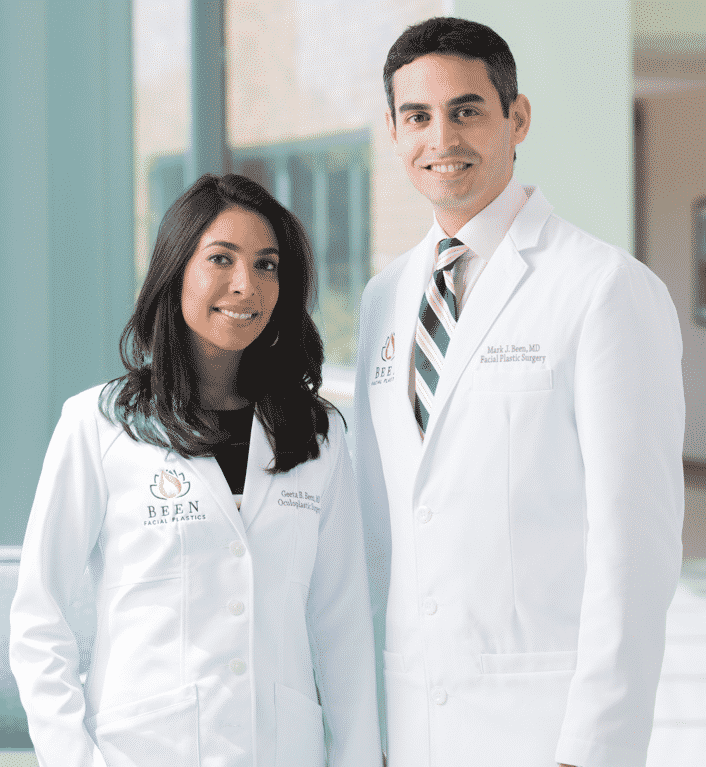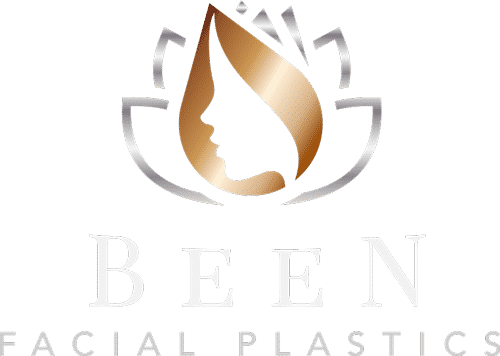Genetic factors, weight loss and father time can all cause you to lose facial volume. If your eyes or cheeks appear sunken in, you’ve developed fine lines or wrinkles on your face, or your jawline has lost its smooth contour, fat transfer is a safe, allergic-free cosmetic surgery that uses your own tissue to replenish facial volume. It is the most natural way to increase facial volume and the results tend to last longer than those obtained with synthetic face fillers.
Fat Transfer
Is Fat Transfer Right for You?
The best candidates for fat transplantation are people with facial volume loss:
- Hollows under the eyes
- Deep cheek folds (nasolabial folds)
- Sunken cheeks
- Contour irregularities along the jawline (jowls)
- Depressions near the corners of the mouth (marionette folds)
What Sets Dr. Mark Been’s Fat Transfer Apart?
Dr. Mark’s primary objective with any procedure is to achieve a rejuvenated appearance without looking unnatural. He also works to limit the recovery time, discomfort, and visibility of the procedure. To those ends, Dr. Mark uses minimally invasive techniques that do not require any incisions and cause minimal pain, bruising and swelling. As a convenience to you, the doctor harvests more fat than is necessary and keeps the reserves stored in our freezer. That way, if you need further volumization down the road, you do not need to undergo an additional harvest.
In an effort to reverse the signs of facial aging, Dr. Mark plans his procedures with multiple objectives in mind, including volume replenishment, skin tightening, and skin quality rejuvenation. Fat transplantation is a key method to achieve enhanced facial volume and serves as a great addition to other procedures that focus on smoothing and improving the facial skin. Such procedures include upper and lower eyelid blepharoplasty and facelift surgery. The best results often come from a combination of these procedures, and Dr. Been understands how to apply fat to produce the best results.
What to Expect after a Fat Transfer
Most patients feel discomfort in the harvest region(s) for a few days following the procedure. There may also be some swelling and bruising that can be covered with makeup. Activities may be resumed in 48 hours depending on your level of comfort. Depending on individual healing, final results are typically visible within four to six weeks.


